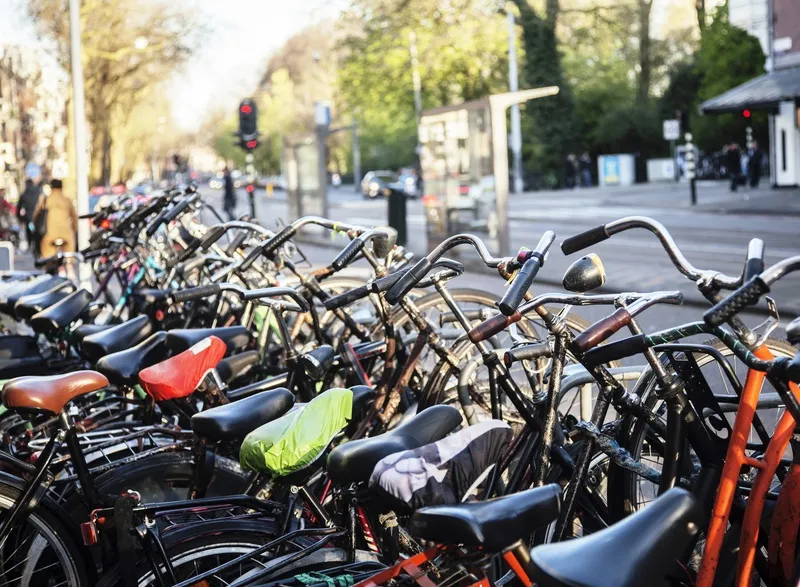According to research carried out by Keypoint Consultancy on behalf of Winterswijk town council in the Netherlands, the search for a parking space in the town has reduced significantly as parking spaces are better utilised since a new parking guidance system was introduced earlier this year.
Research carried out in 2008 by Keypoint indicated that the town was affected by the increasing parking pressure and reduced accessibility at peak times, causing considerable inconvenience to residential areas and reducing the residents’ quality of life.
As a result, Winterswijk town council developed a new approach to parking in the town centre.
Parking bays in three car parks were fitted with Sensit wireless parking sensors supplied by Dutch technology company
Nedap’s Sensit is a network of wireless parking sensors that detect the occupancy of each parking space. The system provides real-time parking space information, which can be used to guide traffic to available parking spaces, improving traffic flow, reducing emissions and improving traffic flow and car park usage.
Signs along the access routes to the town centre provide drivers with real time information on available parking capacity and guide them to available parking spaces.
Keypoint analysed the car park utilisation rate before and after the system became operational. The experience of motorists was also analysed. The research showed that the system reduces traffic searching for parking spaces at peak times, increased occupancy levels are achieved, available spaces are more easily located, and the improved utilisation reduces the need for additional parking spaces.
Researchers established that 89% of motorists found the guidance system helpful and user-friendly, while 23% of respondents chose a car park based on the current information displayed on the signs along the access route. This influence rate is high compared to rates of 10% to 15%, found in studies conducted in other cities in the Netherlands.









